How your Mac can help you through school, college and university
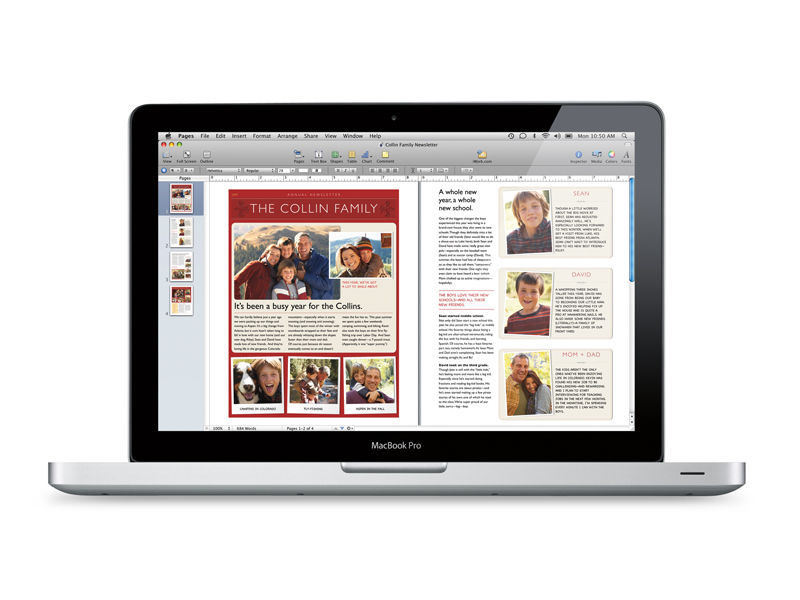
There are a number of reasons to use a Mac as an educational companion, not least for the attributes you're already aware of, namely performance, stability and security. But there are hundreds of other benefits to using a Mac over a PC, one of which is the educational discount offered by Apple.
Macs make up a giant chunk of the computers on American university campuses and they're starting to gain a foothold in UK schools too. This is largely down to Apple's subsidies and promotions for students and teachers that, in some cases, offer a free iPod touch when you buy a new Mac.
Just browsing the education arm of the Apple Store, you'll notice some significant discounts to be had as a student – a £270 discount on a MacBook Pro or £195 off an iMac, for example. Of course, you need to prove your credentials as a student in order to access these savings, but once you do, you'll be saving yourself a decent slice of cash to put towards that master's degree.
And it's not just senior-level education that a Mac can help out with either. Primary, GCSE and A-Level students can make use of the built-in features of Mac OS X to stay organised, informed and in touch with their peers and teachers, and there are some great resources and apps for parents introducing pre-schoolers to basic maths and spelling too.
We'll take you through all of the education levels we've mentioned, point out the software you should be using and techniques you need to know in order to get the best from your Mac as a learning tool and, hopefully, better grades as well.
Tots, toddlers, pre-school and primary school
Parenting guru Gina Ford would be appalled, but our iPhones stuffed with Peppa Pig episodes and funny apps such as MouthOff! and Talking Carl have headed off many a tantrum.
Sign up for breaking news, reviews, opinion, top tech deals, and more.
Apple kit isn't just good at keeping younger children quiet, though. The same devices that entertain and amuse can educate and inform, and the latest generation of Apple hardware, software and apps is the most intuitive yet.
Desktop delights
There's plenty of Mac software designed for younger children. Take the award-winning and free paint program Tux Paint, or AlphaBaby, which generates letters and colours whenever the keyboard is pressed or the mouse clicked.
There are also interactive storybooks such as Dr Seuss' Green Eggs and Ham (£20 from Apple), educational applications from the likes of Little Fingers and teacher-developed learning systems such as Dorling Kindersley's Learning Ladder (£13 from the Apple Store). Apple also provides a good list of children's software at www.apple.com/downloads/macosx/games/kids_learning.
If you're on a tight budget a wander around the web uncovers lots of kid-friendly content that won't cost you a penny. Sites such as CBeebies, NickJR and Five's Milkshake offer lots of creative activities based around children's favourite characters. Many icons, such as Mr Men and Dr Seuss, have their own dedicated sites.
For iOS users we have bad news and good news. The bad news is that most of the sites we've just mentioned aren't iPod, iPhone or iPad friendly, as they rely heavily on Steve Jobs' favourite format, Flash. The good news is, who cares? You've got apps!
Apps amazing
As with websites, cartoon characters and puppets tend to dominate children's apps – so, for example, there's Elmo's Monster Maker, the Gigglebies Garden Party and various apps based around SpongeBob SquarePants, Shrek and the Disney Fairies.
It's not all spin-off stuff, though: apps such as Ocarina and SoundTouch are good if noisy fun, while the App Store's Education category is home to interesting apps such as the enchanting Tiny Garden, which helps children learn new words and has the option for you to record your own voice for each picture.
Some of the most interesting apps we've seen are for the iPad. The interactive Alice and the eye-popping The Elements show what kinds of things are possible on the platform, and publishing giant Penguin recently showed off a range of interactive children's books that are coming to iPad soon.
Apple's own iBooks and Amazon's Kindle apps are both starting to offer a good selection of children's material, and Disney Publishing's Read-Along titles bring storybooks to life by including colouring in, games, video clips and voiceover recording.
Proper precautions
When your Mac is the family Mac, there are a few issues you need to consider. Could your pride and joy accidentally damage your data, run up an enormous iTunes Store bill or see material you'd rather he or she didn't? Not if you use Parental Controls.
These enable you to block access to particular apps or kinds of content, and you can also make your Mac off-limits at particular times of the day or night. It's just a matter of creating an account for each family member and choosing the things you'd like to restrict.
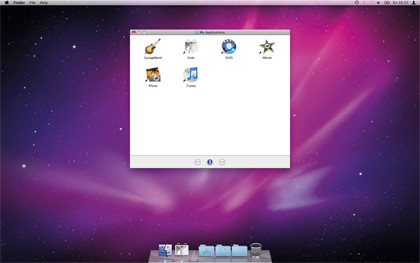
One of the options you'll find in here is Simple Finder, which is particularly good for younger children. In Simple Finder users can't create new folders or add Dock icons, and the Dock itself is simplified to show three folders: My Applications, Documents and Shared files.
The contents of the My Applications folder are the applications you've approved in Parental Controls, and applications launch with a single click. You can also apply parental controls to your iPod Touch, iPhone or iPad. On these devices the controls are called Restrictions, and you'll find them in Settings > General > Restrictions.
From here you can disable entire applications such as Safari or YouTube, and you can also prevent in-app purchases or enforce age ratings on music, movies and apps.
You can also enforce age ratings in iTunes: go to Preferences > Parental and you can be confident that the kids won't be listening to your Wu-Tang Clan collection.
If you've ever lost a MacBook keyboard to carbonara or thwarted an attempt to fill the DVD player with biscuits, you'll know that children can do enormous amounts of damage very quickly – so make sure your kit is protected from your kids.
Although Apple's MagSafe power connectors reduce the risk of a MacBook being thrown to the floor by a cable tug or trip, a typical Mac tends to have plenty of other cables to grab or fall over; it may be sensible to invest in a wireless keyboard and to disconnect any peripherals that aren't currently needed.
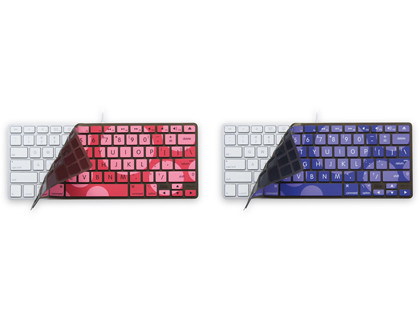
You can make your keyboard or laptop keyboard immune to spilt food and drinks with a protective keyboard cover – iSkin even makes a protective cover for the Mighty Mouse – and there's an enormous range of protective covers available for iPod touches, iPhones and iPads.
Touching tomorrow
We're excited about what our Apple kit can do, but we're even more excited about the future. The iOS platform is exceptionally good for children, who no longer need to wrestle with fiddly mice or waste time with Windows before they can do anything interesting.
When Steve Jobs described the iPad as "revolutionary", he wasn't kidding. By removing the barriers that sit between children and computers, Apple has redefined the relationship between tots and technology.
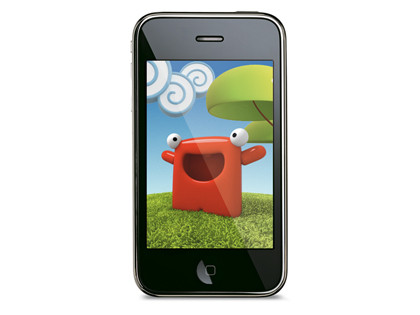
Take drawing – on a PC there's a lot to learn before your child can start doodling. On an iPad, he or she simply points and paints.
Recommended resources
Here are our suggestions for Mac, iPhone and iPad educational apps & sites
OS X AlphaBaby
Free
http://alphababy.sourceforge.net

Toddlers can be mesmerised by this application for months: it replaces your Mac desktop with a white screen and responds to every key press and mouse click with letters or shapes.
If you like, you can enable sounds so each letter is spoken and each shape named, and you can record your own sounds or just limit the sounds to the Mac system sounds.
Running it as a screensaver amuses the kids and protects your stuff simultaneously, although the developer recommends an external keyboard if you're using it on a laptop.
OS X Tux Paint
Free
www.tuxpaint.org
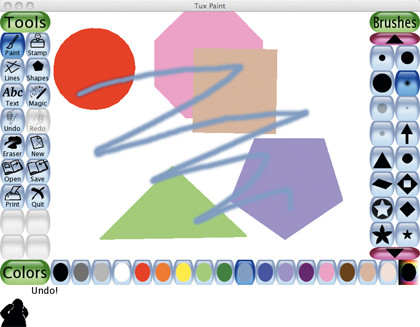
Although it's showing its age somewhat – the user interface is very dated – Tux Paint is still a great drawing program for younger children that's both fun and free.
In addition to the drawing tools, you can expand it with a range of stamps, photos and cartoons that can be stamped onto an image, and there are plenty of special effects for your child to experiment with.
There's a full-screen mode to prevent fiddling with other applications, files or data, and you can easily disable the print and quit options for peace of mind.
OS X Kidwidget 2
$26 (about £17)
www.astoundit.com
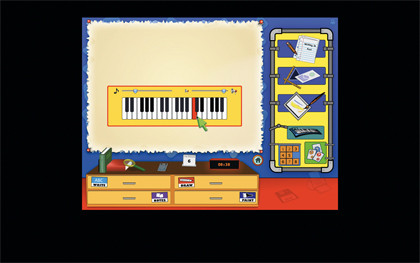
Kidwidget is a walled garden for your Mac that stops the kids exploring your hard disk or the internet while giving them fun things to do. There's a drawing module, a very simple word processor, an on-screen piano and a childfriendly dictionary.
One particularly fun feature is the ability to take an image from your iSight camera and scribble on it, although the camera is switched off unless you enable it. It's not perfect – there's the odd bug, so for example Kidwidget often ignored our quit requests – but it's good fun and good value.
Website cBeebies
Free
www.bbc.co.uk/cbeebies
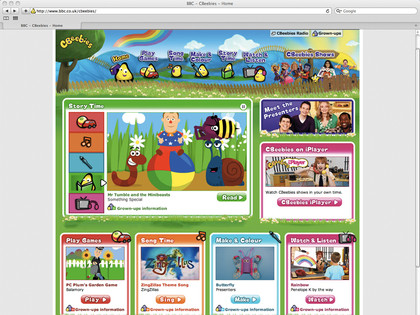
The ad-free, tot-friendly world of CBeebies is an oasis in the otherwise raucous world of kids' TV, and the channel benefits from an excellently designed companion website. It's packed with sing-alongs, games, templates for colouring in and links to CBeebies programmes on iPlayer.
It's easy to navigate, makes good use of characters such as Mr Tumble, and there's a dedicated section with Switchaccessible media and games for children with special educational needs. Superb.
Website RSPB Kids
Free
www.rspb.org.uk/youth
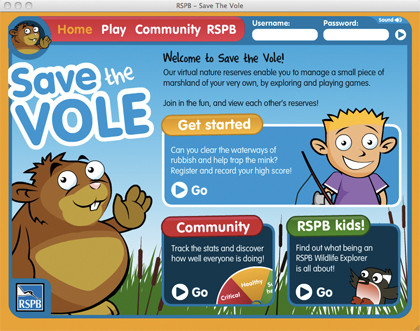
Covering kids from pre-school to teenage years, the wildlife charity's site has educational games, bird guides, climate change awards and lots of educational materials, and kids from four upwards can become official RSPB Wildlife Explorers if mum or dad is willing to stump up the membership fees.
The site is designed for accessibility rather than eyepopping excitement, but there's lots of fun to be had, and in a nice touch there's a dedicated section for parents of children under six.
Website Britannica Kids
£6.99 per month (30 day free trial)
www.britannicakids.co.uk

It's not the prettiest, but this online encyclopaedia's material is ideal for primary school children and young teenagers, offering articles, multimedia and the odd interactive game to support Key Stage 1, 2 and 3 in English, Geography, History, Maths and Science.
You can of course find lots of similar content online for free, but Britannica essentially offers peace of mind that your kids won't be reading the ravings of madmen.
iPhone Brushes
£2.99
www.brushesapp.com
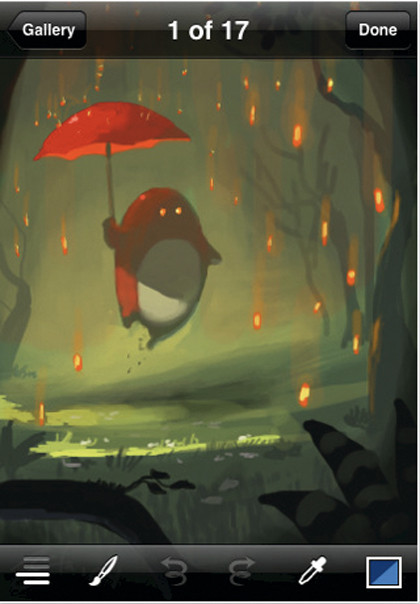
If it's good enough for making New Yorker covers, it's good enough for our kids.
Available in both iPhone and iPad flavours – the iPad app is more expensive but still absurdly reasonable at £4.99 – Brushes is that rare thing, a program that's fun to use whether you're fingerpainting or making fine art.
It's the sort of thing that will keep older children engrossed for hours, but even young kids should get a kick out of its fast, finger-based drawing tools or playback of the parents' painting efforts.
iPhone Shape Builder
£0.59
www.touchscreenpreschoolgames.com
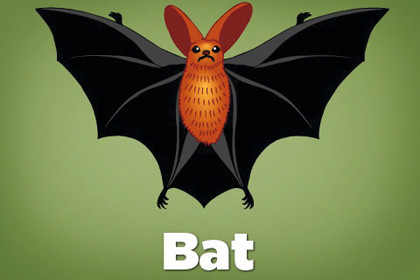
Designed by Darren Murtha to amuse his fouryear- old, Shape Builder now boasts 146 different toddler-friendly puzzles with between five and 10 movable pieces each.
It's simple and fun: when your child puts the pieces in the right places there's a big hurrah and speech therapist Jill Dews reads the word aloud.
The puzzles include fruit and veg, letters, numbers, jobs and so on, and you also get sound effects with the musical instrument and animals puzzles. A free version is available.
iPhone ABC Animals
£1.19
www.criticalmatter.com/abc_animals
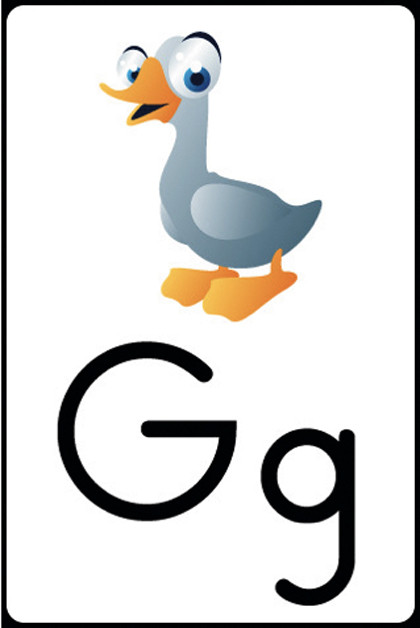
Flashcard-style educational apps are a common sight in the iTunes Store, and ABC Animals is one of the better ones. Aimed at pre-school children, the app uses animals to teach the alphabet and basic character printing, with pre-recorded voices pronouncing each letter.
Double-tapping any card flips it over to show how to write the letter in both upper and lower case. The current version now includes a native UK English option as well as the US English default.
iPad Mathboard
£1.79
www.palasoftware.com
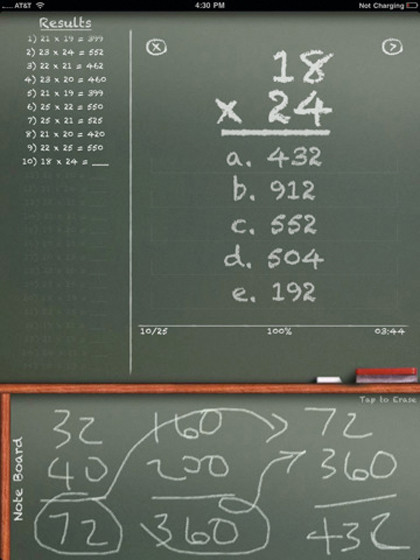
Mathboard is a simple idea, superbly executed: it makes your iPad look like a traditional, chalky blackboard and presents you with maths problems.
Quizzes can be timed, you can set difficulty levels from the simplest addition and subtraction to more complex functions including squares, cubes and square roots, and there's a Noteboard area for scribbling as you work out the answer. At £1.79, it's a steal.
iPad Toy Story Read-Along
Free
www.disneydigitalbooks.com
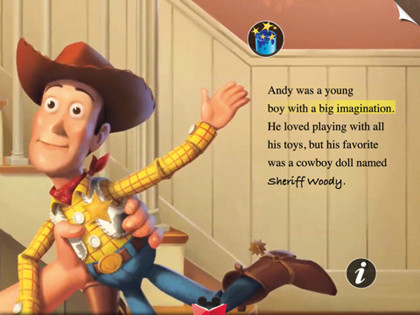
Disney's won us over with the obvious care its developers have put into its Read-Along books for the iPad. Toy Story uses a pristine digital version of the illustrated book as a starting point, adding sound effects, video clips and even on-screen colouring books.
If you don't like the American voices you can record your own soundtrack, although sadly you can't change the US spellings in the on-screen text.
iPad Drawing Pad
£1.19
http://drawingpadapp.com
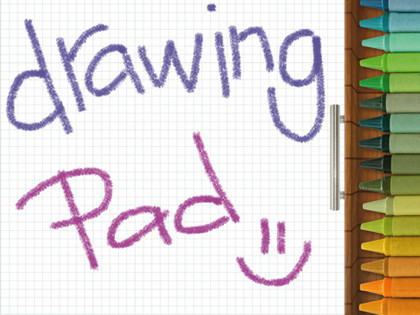
Drawing Pad comes from the same studio as Shape Builder, and it's a fantastic drawing app: while it's simplified to make it kid-friendly, the drawing tools are photorealistic – so for example its crayons are just like the real thing, without the risk that they'll be used to draw on the living room walls.
High-resolution stickers can be used on drawings, and the results can be saved, sent to Twitter or emailed.
Current page: Tots, toddlers, pre-school and primary school
Next Page Secondary school, GCSEs, A-Levels and beyond